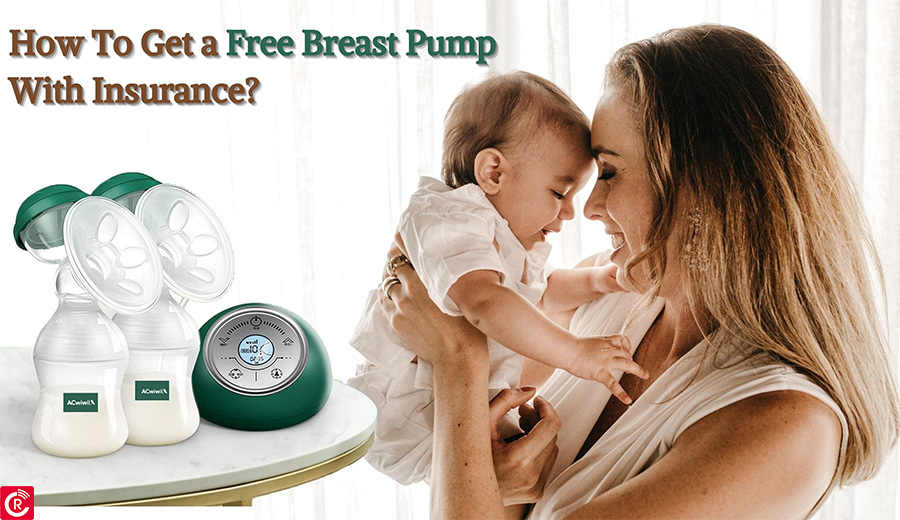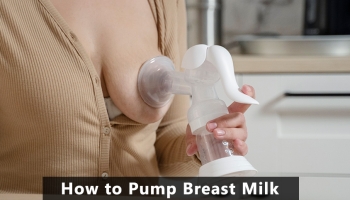
Breast pumps can be valuable for nursing moms. Breastfeeding can help you increase your milk production and allow somebody to feed your child when you are unable to. If you want your child to receive breast milk when you come back to work, for example, breast pumps should be a must device in your baby products since it enables you to release breast milk for just a caretaker or partner to feed your child and you’re not around.
The good news is owing to the Affordable Healthcare Act (ACA), new mothers can offer a small breast pump and consumables via their insurance. Here’s how you might get your hands on one.
What Is the Average Price of Best Breast Pumps?
Under the Affordable Care Act, insurance companies must provide a breast pump and consumables at no charge to pregnancy customers or people who have just given birth and are nursing. The problem would be that the ACA does not specify the type of breast pump insurance must provide, nor does it specify the price range. As an outcome, breast pump covering varies greatly depending on your insurance.
Make Contact With Your Insurance Company
And these are no standard criteria; contacting your insurance carrier is the best method to learn more about your protection.
It’s advised to contact their insurance provider by the third trimester.
Pose the Correct Questions
Prepare your concerns before making the call. Here’s a list to get you began, as well as some information on what to anticipate.
- What kinds of breast pumps can you sell?
Some insurers provide up to nine options and double, single-electric, rechargeable batteries, and manual designs. On the other hand, some insurance carriers only provide a few possibilities.
- How to get a breast pump?
Most insurance carriers require you to receive your pumps from a supplier in your network. There are generally multiple possibilities, so request a list. In-network suppliers are commonly online durable medical equipment companies. These suppliers are experts at interacting with insurance companies.
They understand what your insurer covers pumps, they get all the documents, and people know whatever paperwork you need. And you don’t have to pay anything in advance. So it might be a fairly simple procedure. Retailers such as Walmart and Amazon may be among your insurance company’s in-network suppliers.
These businesses also offer an online ordering system to buy your pump. Once you’ve determined which suppliers are in-network, please select one and visit their website. Most of these businesses (including Walmart and Target) feature facilities on their homepage layouts that allow you to choose your insurance carrier and state. After entering your details, it will display all of your insurance pumps.
- Is it possible to update the breast pump?
Some insurance providers may allow you to switch to a more costly pump, provided you pay a fraction of the costs. The website will indicate the units deemed upgrades if this option is available. The completely covered pumps will display $0.00 if you desire that pump; the improvements will mention a monetary number as your portion of the cost. The availability of this choice varies by the insurance provider.
- Is a prescription required?
To obtain your pump, you might want a prescription and pre-authorization. Enquire about the policy ahead of time, so you don’t have to scramble while receiving it from your gynecologist at the last moment. Even if a prescription is not required, the insurance company may need to confirm certain data with your doctor while delivering your pump. This process is different depending on the insurance company.
- Do you provide coverage for hospital-grade pumps?
A hospital-grade pump is a more strong motor pump than a private double-electric pump. Most insurance providers do not usually pay these pumps unless there is a medical requirement, such as the infant was delivered tongue-tied or with low birth, or Mom has a limited milk production. In these circumstances, the clinician or midwife must offer a prescription as well as a diagnostic code.
- What will be the criteria to pay for the hospital grade pump?
Those pumps are quite costly, costing up to $2,000. If you qualify, the insurance will cover a rental—not a home. You may need to buy your collection set containing the tubing, valves, chest shields, and bottles required. A person may be required to pay deductibles and even a co-payment when your insurance begins. The insurance governs your charges in your policy. While you’re on the telephone with them, the insured person should be allowed to pull this content up.
Conclusion
Their health insurance will reimburse a pump purchased from any merchant. If you’re on bed rest or don’t have a store nearby that sells the pump you want, in-person shopping may not be an option for you, but for many expectant mothers, traveling to a real store may be a speedy method to receive your pump. If you need the best breast pumps, but your insurance won’t cover them until or after the child is delivered, contact your gynecologist or a lactation consultant to rent you a breast pump for a week. Finding insurance is never enjoyable, but receiving a free breast pump is well worth the effort! To make preparing for a new baby simpler, use this simplified guide or share it with an expectant mother in your life.





